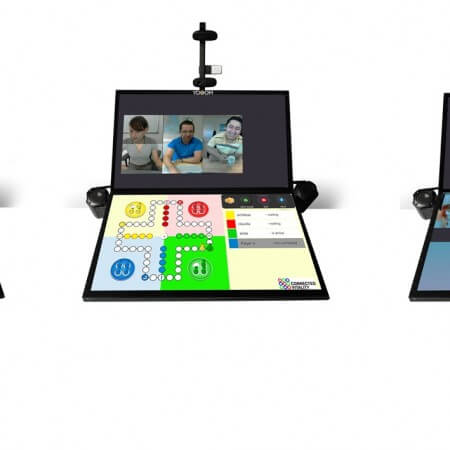Social Capital Theory has a long-standing tradition in Sociology and allows to identify and summarize various facets of social cooperation [1]. The theory draws attention on the value individuals gain out of social relationships. The Internet and its media opens and changes the way we communicate, span geographical and time boundaries, supports new forms of interaction and enhances offline relationships [2,3]. However, the biggest challenge is to develop relationships that are characterized of trust and reciprocity in the absence of face-to-face contacts.
In our research, we investigated in which way (video-)mediated communication technologies hold potential for the development of valuable and beneficial relationships and, thus, allow to create social capital. We reflect on users’ experiences (e.g., social presence) and the role of a medium’s capability to convey non-verbal cues such as gestures.
[1] Diekmann, A. 2007. Dimensionen des Sozialkapitals. In Sozialkapital. Grundlagen und Anwendungen, Markus Franzen, Axel; Freitag (Ed.). Vs Verlag Fu ̈r Sozialwissenschaften, 47–65.
[2] Haythornthwaite, C. 2005. Social networks and Internet connectivity effects. Information, Community & Society 8, 2 (2005), 125–147.
[3] Wellman, B., Quan Haase, A., Witte, J., and Hampton, K.. 2001. Does the Internet increase, decrease, or supplement social capital? Social networks, participation, and community commitment. American behavioral scientist 45, 3 (2001), 436–455.



